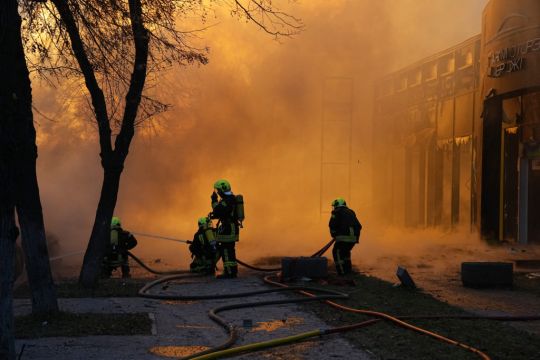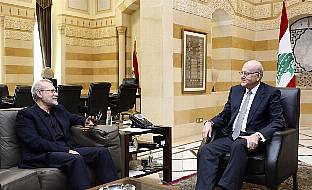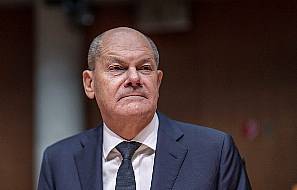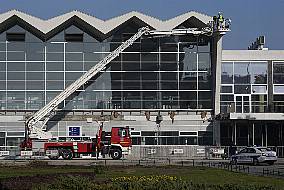Ukraine’s two largest cities came under attack from Russian hypersonic ballistic missiles, killing at least five people and injuring more than 130, officials said, as the war approached its two-year milestone and the Kremlin’s forces stepped up their winter bombardment of urban areas.
The Ukrainian Interior Ministry said on Tuesday evening that the attack killed five civilians and injured at least 130 as air defences downed Russian Kinzhal missiles that can fly at 10 times the speed of sound.
The Kremlin’s forces targeted Kyiv, the capital, and the northeastern Kharkiv region whose provincial capital is also called Kharkiv, authorities said.
There was some confusion over the death toll as Kharkiv Governor Oleh Syniehubov initially reported one death there but later said the injured woman thought to have been killed was in a coma. He said 52 people were wounded in Kharkhiv.
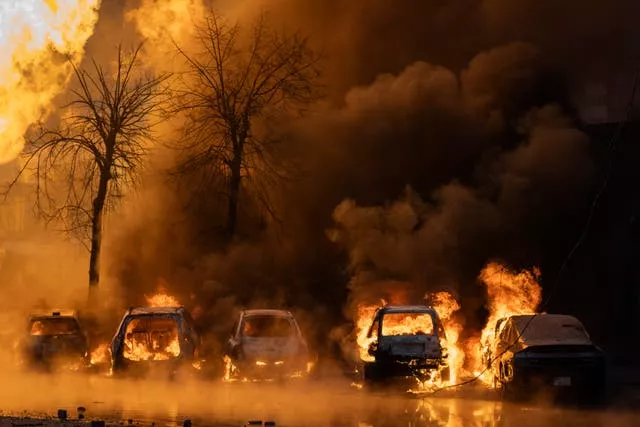
Since Sunday, Ukraine President Volodymyr Zelensky said on his Telegram channel, the Kremlin’s forces have launched about 170 Shahed drones and “dozens of missiles of various types” against Ukrainian targets.
Most were aimed at civilian areas, he said.
Later, in his nightly address, Mr Zelensky said that since December 29, Russia has used almost 300 missiles and more than 200 Shahed drones against Ukraine.
The Kh-47M2 Kinzhal is an air-launched hypersonic ballistic missile.
Russian forces rarely use such expensive missiles against Ukraine due to their limited stocks.
The attacks created a desolate morning scene in the capital, with most cafes and restaurants remaining closed.
Many people opted to stay indoors or seek refuge in shelters as powerful explosions shook the city from early morning.
Air raid sirens blared for nearly four hours, and the city’s subway stations, which function as shelters, were crowded with people.
After the Ukrainian air force issued warnings about incoming hypersonic missiles, people wearing pyjamas underneath their coats took sleeping bags, mats and their pets to subway stations while loud explosions echoed above the city.
At one of the central stations, called Golden Gates, hundreds of people filled the spacious underground areas while trains continued to run.
“Perhaps today was the most frightening because there were so many explosions,” said Myroslava Shcherba, 55.
The barrage extended Russia’s escalated attacks on Ukraine that began on Friday with its largest single assault on Ukraine since the war started, in which at least 41 civilians were killed.
The next day, shelling of the Russian border city of Belgorod killed more than two dozen people.

Russia blamed Ukraine for the attack and has struck back repeatedly since.
The attack on Belgorod was one of the deadliest to take place on Russian soil since Moscow’s full-scale invasion of Ukraine started more than 22 months ago.
Russian officials said the death toll stood at 25 as of Monday, including five children.
Cities across western Russia have regularly come under drone attacks since May, although Ukrainian officials never acknowledge responsibility for strikes on Russian territory or the Crimean Peninsula.
“They want to intimidate us and create uncertainty within our country.
“We will intensify strikes.
“Not a single crime against our civilian population will go unpunished,” Russian president Vladimir Putin said on Monday, describing the barrage of Belgorod as a “terrorist act”.
Russia launched about 90 Shahed-type drones across Ukraine on Monday.
Mr Putin accused Western nations of using Ukraine to try to “put Russia in its place”.
While vowing retribution, he insisted Russia would only target military infrastructure in Ukraine.
However, Ukraine reports civilian casualties from daily Russian attacks, which have hit apartment buildings, shopping centres and residential areas in small communities.
